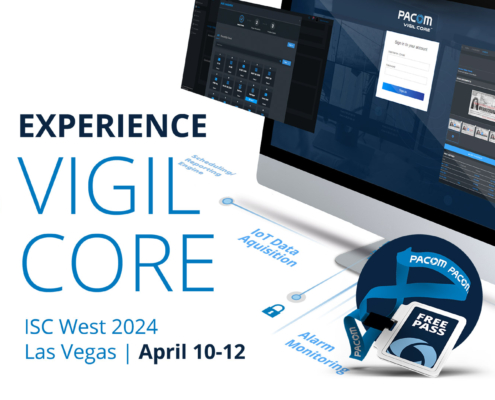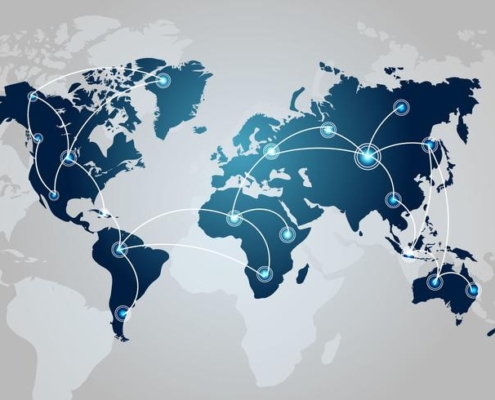 https://vigilcore.com/wp-content/uploads/2023/08/vigil_core_collaboration.jpg
630
1500
Celina Baginski
https://vigilcore.com/wp-content/uploads/2023/08/vigilcore_340x156_transparent-300x138.png
Celina Baginski2024-04-24 11:04:042024-05-01 18:05:22PACOM to preview VIGIL CORE - its next generation integrated cloud-based security and business management platform - at The Security Event 2024
https://vigilcore.com/wp-content/uploads/2023/08/vigil_core_collaboration.jpg
630
1500
Celina Baginski
https://vigilcore.com/wp-content/uploads/2023/08/vigilcore_340x156_transparent-300x138.png
Celina Baginski2024-04-24 11:04:042024-05-01 18:05:22PACOM to preview VIGIL CORE - its next generation integrated cloud-based security and business management platform - at The Security Event 2024
 https://vigilcore.com/wp-content/uploads/2023/08/vigil_core_collaboration.jpg
630
1500
Celina Baginski
https://vigilcore.com/wp-content/uploads/2023/08/vigilcore_340x156_transparent-300x138.png
Celina Baginski2024-04-24 11:04:042024-05-01 18:05:22PACOM to preview VIGIL CORE - its next generation integrated cloud-based security and business management platform - at The Security Event 2024
https://vigilcore.com/wp-content/uploads/2023/08/vigil_core_collaboration.jpg
630
1500
Celina Baginski
https://vigilcore.com/wp-content/uploads/2023/08/vigilcore_340x156_transparent-300x138.png
Celina Baginski2024-04-24 11:04:042024-05-01 18:05:22PACOM to preview VIGIL CORE - its next generation integrated cloud-based security and business management platform - at The Security Event 2024
PACOM to preview VIGIL CORE - its next generation integrated cloud-based security and business management platform at ISC West 2024
PACOM, a leading provider of access control and integrated…

Advantages of Monitoring your Security Systems through the Cloud
Businesses of all sizes and in all geographies are turning to…
